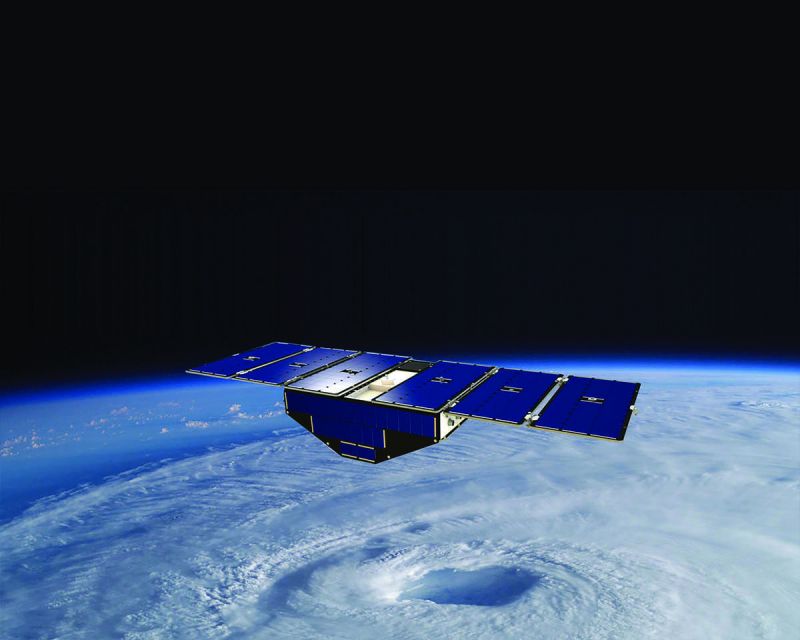Using the Latest Remote-sensing Technology to Assess Groundwater Recharge
Published on by Water Network Research, Official research team of The Water Network in Technology
Southwest Research Institute scientists are investigating using the latest remote-sensing technology to assess groundwater recharge more accurately. This information is critical for water resource managers, especially in arid regions.
Groundwater collects in the cracks and spaces in soil, sand and rock. Resources are replenished or recharged by precipitation moving slowly through geologic formations called aquifers. Groundwater supplies drinking water for about half of the U.S. population, including 99 percent of the rural population.

While designed to measure ocean winds during hurricanes, the SwRI-built CYGNSS satellites also make measurements over land. These data might prove complementary to SMAP soil moisture measurements. Image Courtesy of Southwest Research Institute
“When managing groundwater resources, particularly in more arid environments, the greatest uncertainty lies in recharge rates,” said Dr. Ronald Green, a groundwater hydrologist at SwRI. He will discuss this program at the Texas Groundwater Summit, sponsored by the Texas Alliance of Groundwater Districts (TAGD), August 29.
Measuring recharge is difficult. Scientists have used various surface-based techniques to evaluate, model and infer recharge. Increased availability of remotely sensed data from multiple satellite platforms could allow scientists to estimate recharge more precisely.
“Hilly topography and arid environments pose special challenges and opportunities for remote-sensing applications,” Green said. “Using the Google Earth Engine, we combine precise elevation models, optical data and the Sentinel-1 satellite’s two- and three-dimensional images of landscapes.”
The SwRI team also integrates data from two new satellite systems, the Soil Moisture Active Passive (SMAP) platform and the Cyclone Global Navigation Satellite System (CYGNSS). The SMAP observatory measures the amount of water in the top 2 inches of soil. While designed to measure ocean winds during hurricanes, the SwRI-built CYGNSS constellation also makes measurements over land. These data might prove complementary to SMAP measurements.
“Our research also assesses how vegetation affects recharge while refining precipitation patterns across watershed areas,” Green said. “Improvements in data acquisition and interpretation will improve recharge estimates. This is particularly important in drier regions where water demand is rapidly outpacing availability.”
The Texas Groundwater Summit promotes and supports sound management of groundwater based on local conditions and good science. TAGD members represent 85 local groundwater conservation districts and 42 groundwater-related businesses in the state.
Source: SwRi
Media
Taxonomy
- Technology
- GIS & Remote Sensing Technology
- Groundwater
- GIS
- Groundwater Assessment
- Groundwater Modeling
- Groundwater Pollution
- Groundwater Mapping
- Groundwater Quality & Quantity
- Remote Sensing
- GIS & Remote Sensing